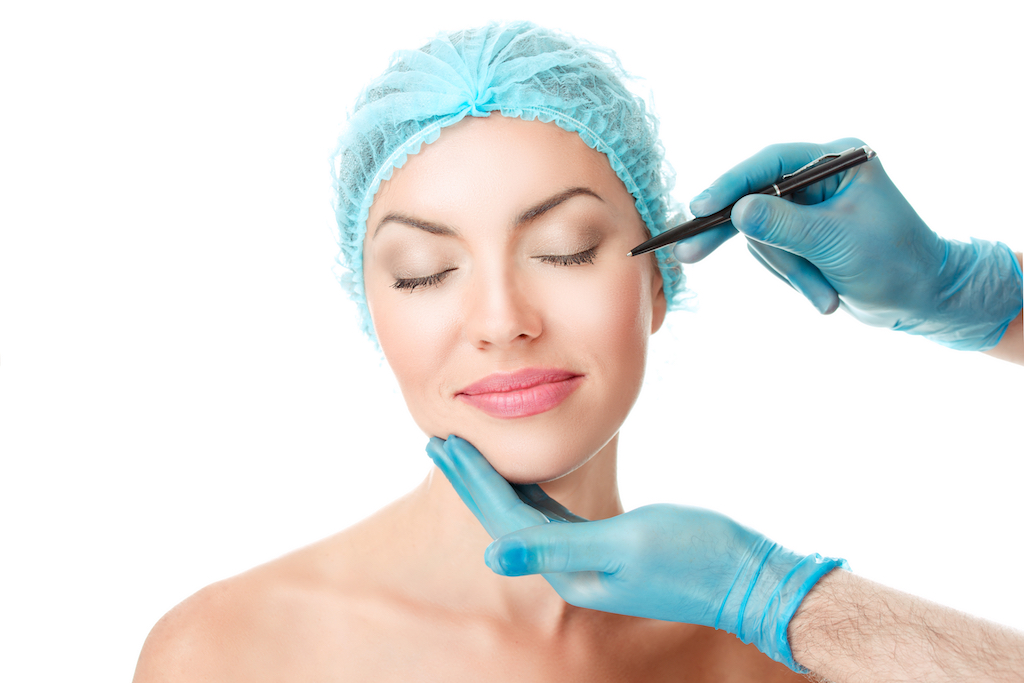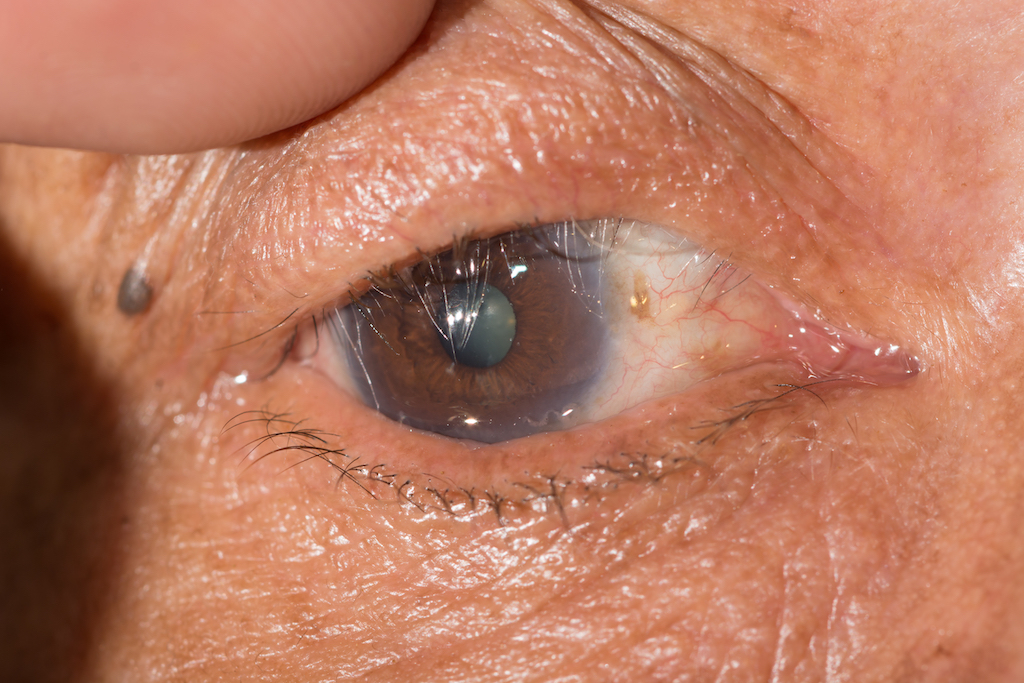 Photo Credit: Shutterstock
Photo Credit: Shutterstock
Dr. Johnson Lee is an award-winning board-certified plastic surgeon in Beverly Hills, California. He is a graduate of the Johns Hopkins University School of Medicine and one of a few plastic surgeons in the country who completed an integrated residency in Plastic and Reconstructive Surgery and pursued further training in Oculoplastic and Aesthetic Surgery under world-renowned plastic surgeon Dr. Mark Codner. Haute Beauty chats with Dr. Johnson Lee about addressing Entropion and Ectropion, or turned in or out eyes.
HB: Why would someone want to fix their turned in our out eyes?
Entropion is an inward turning of the eyelid whereas ectropion is outward sagging of the eyelid. There are two main causes – the eyelid is either too lax or a scar is pulling against the eyelid. It is more common to have lax eyelids as we age. These patients with eyelids which turn inward tend to have an overzealous orbicularis oculi which is the blinking muscle. Eyelids which turn outward are due to an overly weak muscle which allows the skin to sag forward. Whether an eyelid turns Inward or outward due to scar depends on where the scar is. Scars can be from surgery, trauma, or medical conditions which cause inflammation.
When the eyelids are not positioned correctly against the eye, it cause variety of problems or annoyances such as watery eyes or corneal irritation from the eyelashes rubbing against the eye.
HB: What is the procedure like?
The procedure of choice depends on the underlying cause. Eyelids which are too lax will need a lid tightening procedures which may also include tightening the muscle, skin, or lower eyelid retractors. When too much scarring is the problem, solutions include removing the scar, grafting additional skin or tissue into the scarred layer, or tightening the eyelid. In the rare case that eyelash direction is the only problem, there is always the option to have the eyelashes removed.

Photo Credit: Shutterstock
HB: Is this is a common procedure?
Entropion and ectropion repairs are not common in aesthetic surgeries of the eyelid and even less common in younger patients. When they do occur it is most commonly due to natural aging or complications from previous cosmetic eyelid surgery.
HB: What does recovery look like?
Recovery and outcomes varies depending on the procedure done. Most eyelid surgeries result in minimal pain and only require about one week of eye rest at home. Any non-absorbable sutures are removed at one week’s time. Patient’s can expect some bruising and swelling which can take a few weeks to resolve.
HB: Patient outcomes?
Most patients have at least some if not full correction of their problem. Occasionally a secondary or revision surgery will need to be performed for full correction. Having a corrective procedure can be life-changing for patients, especially if they have suffered the same problem or annoyance for a long time. For patient’s with complications from cosmetic eyelid surgery, the aesthetic improvement, or rather restoration, can be life-changing.
For more information, visit Dr. Brian A. Levine's social media:

























